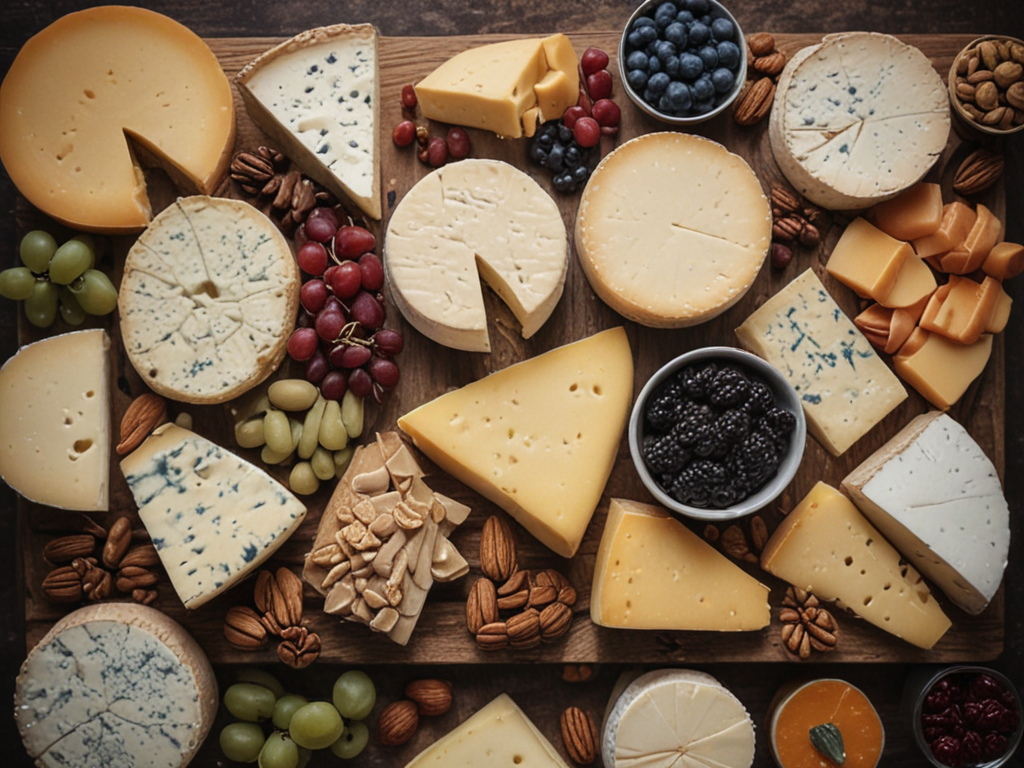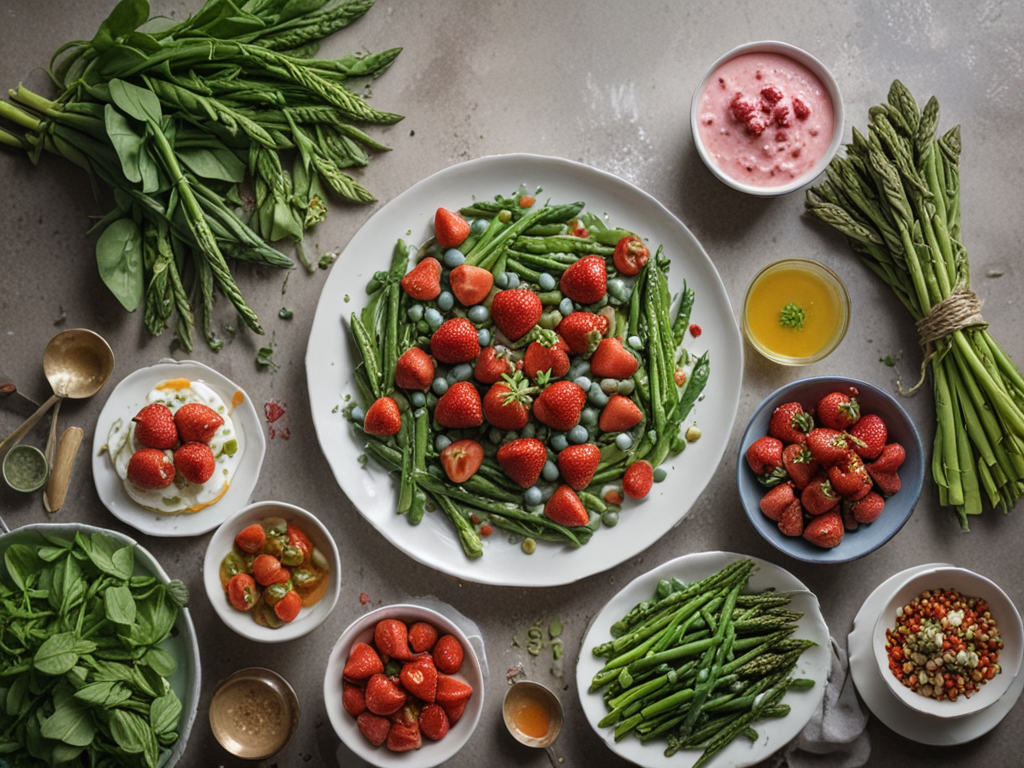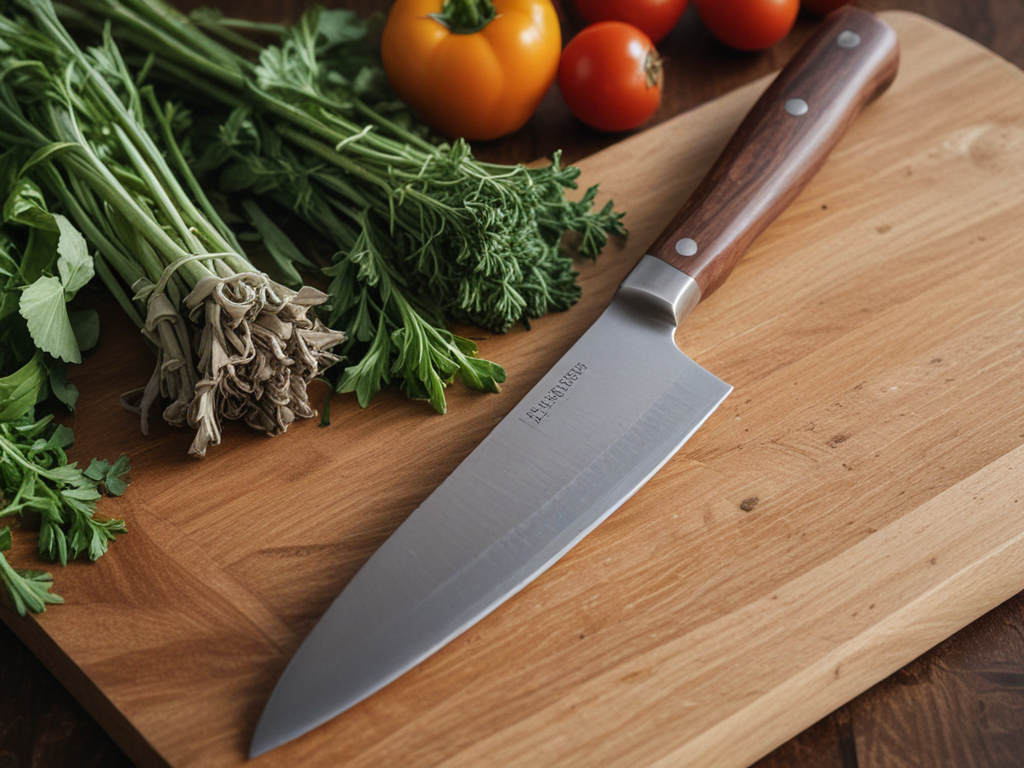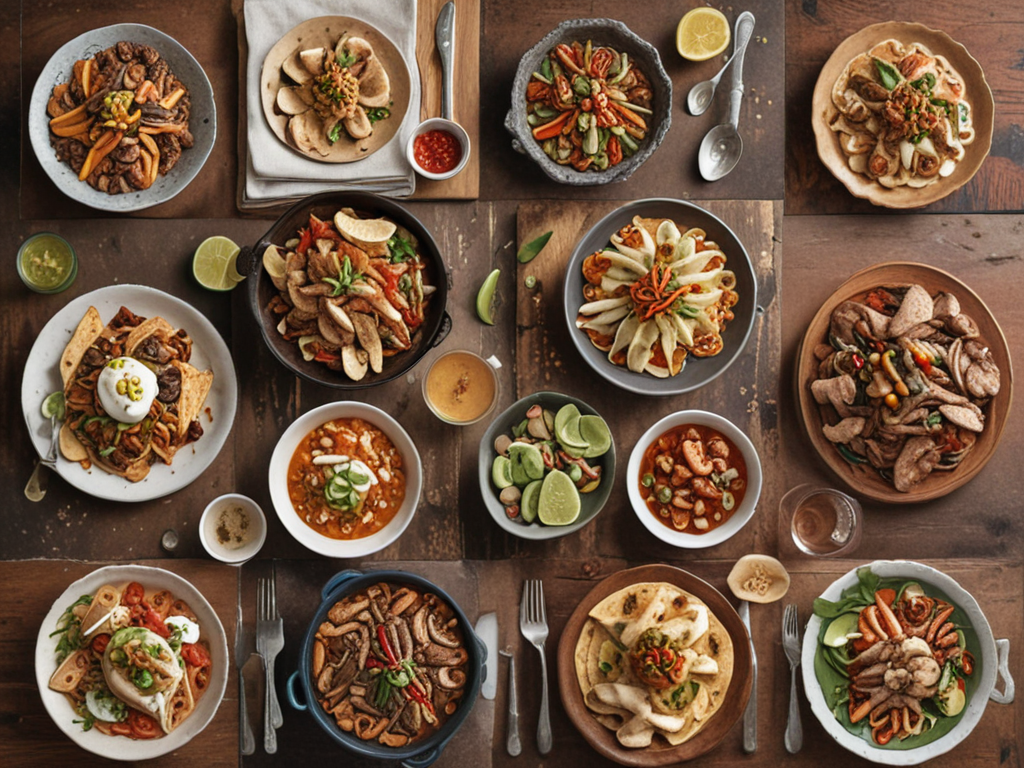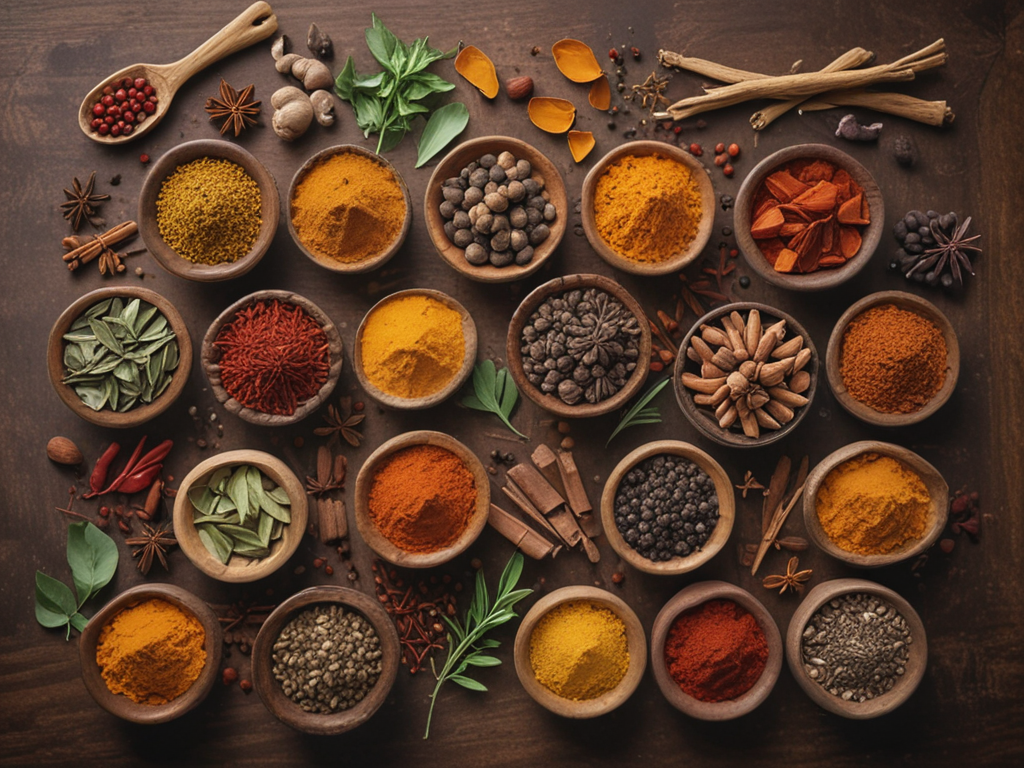
As we set off on a journey through the world of exotic spices, the allure of turmeric and saffron is just the beginning. The rich histories, vibrant colors, and unique flavors of these spices have captivated cultures for centuries, but what lies beyond these well-known gems? Exploring the depths of lesser-known exotic spices promises a treasure trove of culinary delights waiting to be uncovered, offering a tapestry of flavors and aromas that can elevate any dish to new heights.
Origins of Turmeric and Saffron
Originating from South Asia and the Middle East, turmeric and saffron have long been prized for their vibrant colors and distinct flavors in culinary traditions worldwide. Turmeric, known scientifically as Curcuma longa, is native to South Asia, particularly India, where its use dates back thousands of years. The bright yellow-orange spice comes from the rhizome of the turmeric plant and has been traditionally used in Ayurvedic medicine for its anti-inflammatory properties. Saffron, on the other hand, has a rich history dating back to ancient times. It is derived from the dried stigma of the Crocus sativus flower and was highly valued by ancient civilizations for its color, flavor, and medicinal properties. Saffron’s origins can be traced to regions such as Iran, Greece, and Kashmir. Both turmeric and saffron not only add depth and complexity to dishes but also offer various health benefits, making them essential ingredients in diverse culinary practices globally.
Culinary Uses of Exotic Spices
When delving into the realm of exotic spices, one cannot overlook the diverse and tantalizing culinary uses they offer. These aromatic gems not only enhance flavors but also add depth and complexity to dishes. Here are some ways to incorporate exotic spices into your culinary creations:
- Cooking Techniques: Experiment with different cooking techniques such as dry roasting whole spices before grinding them to reveal their full flavor potential.
- Flavor Pairings: Discover unique flavor pairings by combining spices like turmeric and cumin for a warm and earthy taste profile.
- Spice Blends: Create your own spice blends by mixing saffron threads with smoked paprika and garlic powder for a rich and flavorful seasoning.
- Recipe Ideas: Explore new recipe ideas like saffron-infused risotto or turmeric-spiced roasted vegetables to enhance your culinary repertoire.
- Presentation: Use turmeric to add a vibrant yellow hue to dishes or sprinkle saffron threads on top of desserts for a touch of luxury.
With these cooking techniques, flavor pairings, spice blends, and recipe ideas, you can unleash the full potential of exotic spices in your kitchen.
Health Benefits of Turmeric
Turmeric’s potent medicinal properties make it a valuable addition to one’s diet for promoting overall well-being. This vibrant spice contains curcumin, a compound known for its anti-inflammatory properties. Curcumin is believed to help reduce inflammation in the body, potentially aiding in the management of conditions like arthritis and inflammatory bowel disease. Additionally, turmeric boasts antioxidant benefits, which can help neutralize harmful free radicals and protect cells from damage.
Incorporating turmeric into your meals may not only enhance the flavor but also provide potential health benefits. From sprinkling it on roasted vegetables to adding it to soups and stews, there are numerous ways to enjoy this versatile spice. Whether you use fresh turmeric root or the ground spice, the key is to make it a regular part of your culinary repertoire to reap its health rewards.
Saffron in Cultural Cuisine
Saffron, a prized spice known for its vibrant color and distinct flavor, plays a significant role in various cultural cuisines around the world. As a spice deeply embedded in traditions, saffron not only enhances the taste of dishes but also adds cultural significance to rituals and perfumes. Here are some interesting aspects of saffron in cultural cuisine:
- Saffron in Rituals: In many cultures, saffron is used in religious ceremonies and traditional rituals, symbolizing purity, fertility, or good fortune.
- Saffron in Perfumes: The unique aroma of saffron makes it a valuable ingredient in high-end perfumes, adding a luxurious touch to the fragrances.
- Culinary Delights: From Spanish paella to Indian biryani, saffron infuses a rich golden hue and a subtle floral taste to a wide range of savory dishes.
- Historical Significance: Throughout history, saffron has been a prized commodity, traded along ancient spice routes and cherished for its culinary and medicinal properties.
- Modern Applications: Today, saffron continues to captivate chefs and food enthusiasts worldwide, inspiring innovative recipes and culinary creations.
Beyond Turmeric and Saffron
Among the myriad of exotic spices that tantalize the senses and elevate culinary experiences, cardamom and sumac stand out as versatile and flavorful options worth exploring. Cardamom, with its warm, citrusy notes, adds depth to both sweet and savory dishes. Sumac, on the other hand, offers a tangy, lemony flavor that brightens salads, meats, and even dips.
When it comes to exploring new flavors, spice combinations play an important role in creating harmonious taste profiles. By mixing cardamom and sumac with other spices, one can craft unique blends that enhance dishes in unexpected ways. Below is a table showcasing potential spice combinations using cardamom and sumac as base flavors:
| Base Flavor | Complement 1 | Complement 2 | Complement 3 |
|---|---|---|---|
| Cardamom | Cinnamon | Cloves | Ginger |
| Sumac | Cumin | Paprika | Coriander |
Experimenting with these spice combinations can open a world of culinary possibilities, allowing for the creation of dishes that are both comforting and exciting.

